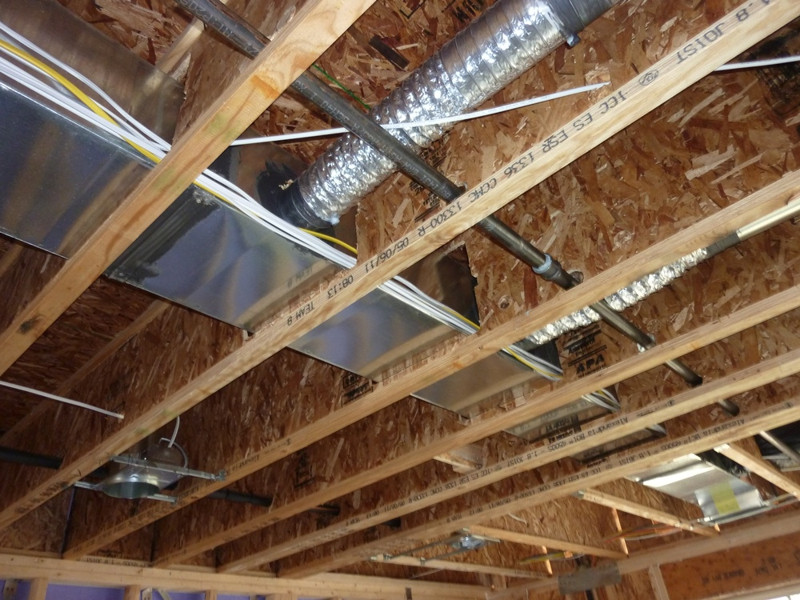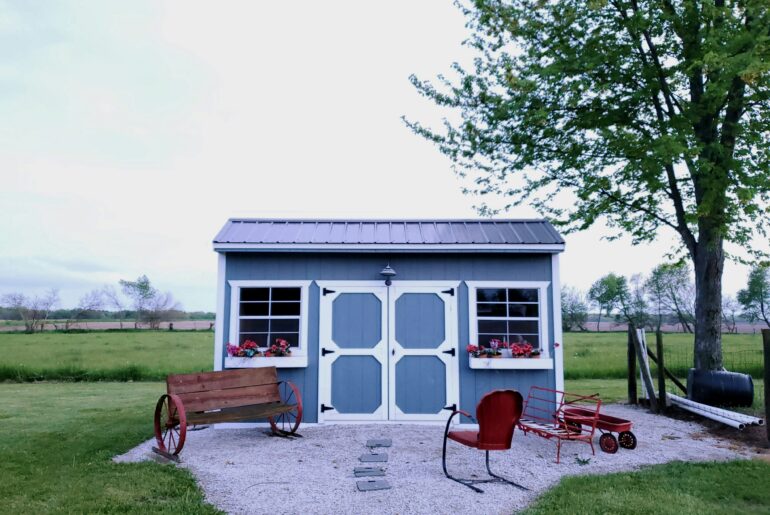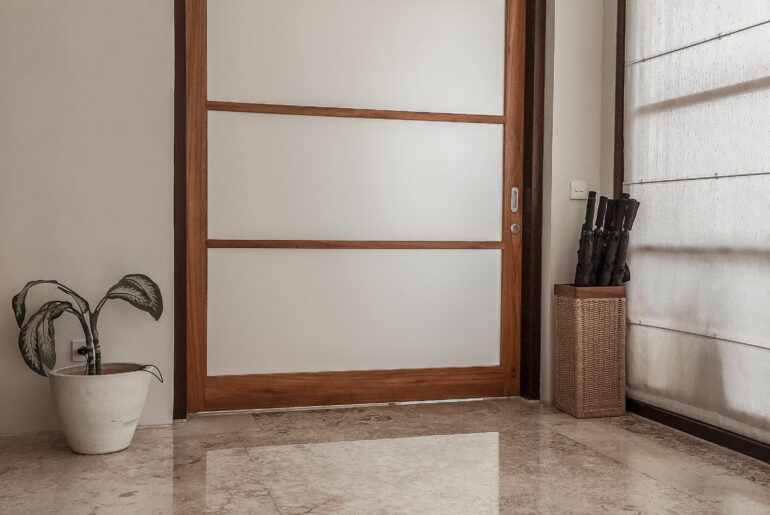Insulating your ductwork is essential when installing new HVAC or renovating an existing system, especially when it runs through an unconditioned attic space.
Insulating rectangular ductwork can be a straightforward job with more options for the installer than are available with cylindrical ducts. Wrapping the ductwork before installation can make for a nice, neat job, but renovating existing insulated ducts well is not impossible and has many benefits.
Here’s our how-to take on what your options are for rectangular duct insulation.
Rectangular Duct Insulation for Your Existing HVAC
If your HVAC system isn’t cooling as well as you might like, it’s likely that the ductwork in your unconditioned attic may not be coping with the heat. Even well-ventilated attics can suffer from excessive radiated heat, especially in Southern states where cooling is key for up to ten months a year.
Duct Insulation: What To Look For
The first thing to do is to pick a cool day or access the attic first thing in the morning and check the seals and connections from the main duct to the branches.
Chances are that the joint seals will have degraded over the years and that the existing insulation may have been damaged by either access, using the space for storage, or the activity of pests.
Duct Insulation: Preparation Works
Air sealing the existing rectangular ductwork will be the best thing to do first. It may be that previous owners have tried, using duct-tape, or perhaps mastic. Neither of these methods is a perfect fix, and both will likely be letting air by.
Turn on the system and check for air leaks. By running the backs of your hands over the joints, you should easily be able to detect air leaking from the ductwork, effectively conditioning the attic space rather than your living area.
Use a rag with some white spirit to clean up all the joints. In fact, the cleaner you can make the entire working area, the better seals you will get when it comes to making repairs.
Spray Foam
If you have a reasonably extensive HVAC system, a DIY closed-cell spray foam kit is a good call.
Not only will it achieve a decent R-value in just a couple of inches, but it will also seal any air gaps in the ductwork, no matter how small.
Make sure any larger gaps are covered over with aluminum tape first as you don’t want the spray foam expanding into the duct run itself.
Ensure the surface of the ductwork is dry and free from dust too before you begin.
When the existing ductwork installation is fixed down to the ceiling beams, and cannot be lifted, then spray foam will allow you to get below and insulate the ductwork’s difficult spots.
It’s not the cheapest option, but if you are looking for an unbeatable air seal with a top-rated R-value, then you won’t go far wrong. In a clean, well-ventilated space, spray foam is a speedy install that you will be able to feel the benefit of very quickly.
As part of the overall strategy for insulating your attic, encapsulating the ductwork can be done as you insulate the rest of the attic floor with spray foam, thereby bringing the existing HVAC ductwork into the thermal envelope of the building.
Foil Faced Fiberglass Duct Wrap
Insulating rectangular ductwork with foil-faced fiberglass wrap is the industry standard. If your current ductwork has a squashy metallic surface, then it is probably already wrapped in this stuff.
The problem with this product is that it can sustain damage from people accessing the attic, and pests such as rodents using it as nesting material, plus it isn’t going to give you an air seal.
In this case, you are going to be relying on the quality of the seals on the ductwork.
The upside is that it is half the price of spray foam!
At the end of the day, for most of us, it’s simply a balance between time economy and financial economy.
Wrapping the Rectangular Ductwork: Pre-Start
The recommendation is that you survey the existing duct run for leaks and caulk, or mastic them up comprehensively before you begin insulating.
It might be tempting to over-wrap the existing foil-faced fiberglass insulation, but this won’t solve any air-leak issues that very likely exist in an older system.
Strip off the old insulation, clean up the ductwork and give it a good look over.
Once you have been able to seal up all the leaky joints you can find, you might want to unleash a can of low-rise spray foam in those harder-to-access areas below ceiling beams and those tight corners.
Once the air sealing work has had a chance to dry and harden off, re-test the system to make sure you have caught all the offending joints.
Wrapping the Rectangular Ductwork: Next Steps
When you are satisfied that you have been able to seal up as best you can, you can start wrapping things up.
Measure the ductwork to find the circumference and add 2”. This should give the measurement required for the wrap to reach right around the metal ductwork.
Cut the wrap using a craft knife and a straight edge.
Pull and push one end of the foil-faced fiberglass wrap under the duct and join the two edges together on top of the duct.
Tape the two edges together with four-inch aluminum tape to get the right level of coverage.
When ductwork runs at 90° across ceiling beams in an attic you will find yourself having to cut and wrap pieces to fit. Butt the insulation up as tight as it will go and tape it together as seamlessly as possible.
Foil-faced fiberglass wrap insulation comes in at an R-value of 8 for three inches of wrap, so it is recommended that it is brought into the overall insulation plan for the attic, either covered over with fiberglass or Rockwool or buried well in blown-in insulation.
Foam Board Insulation
Insulating rectangular ductwork with foam board insulation is possible, but it can be a time-consuming method, especially if you have a long run of ductwork to cover.
One way to use foam board is to fit it such that the ductwork becomes housed within the thermal envelope of the building.
New standards set by the U.S. Department of Energy state that ductwork should be set well within the thermal envelope and covered with insulation of a minimum of R-19.
To achieve this with foam board you will need to install it so that it is sealed down to the ceiling beams and the drywall on the attic floor.
Following this, the attic should be insulated, and the ductwork’s foam board housing buried within it.
The key issue with using foam board insulation is getting the joints right. Use both glue and tape on the corners to ensure you get a decent seal and low-rise spray foam where it meets the sheetrock.
FAQ
Can I Use Duct Tape to Repair My Ducts
Crazy as it may sound, duct tape is not the first choice for use on an HVAC duct system. Instead, use a roll of aluminum foil tape. It gives a better, cleaner finish, and is airtight too.
I Have a Conditioned Attic, Do I Still Need to Insulate my Ducts?
The short answer to this question is no, you do not, however, it is still good practice to ensure that the ductwork is fully sealed to ensure optimum performance from your HVAC system.





